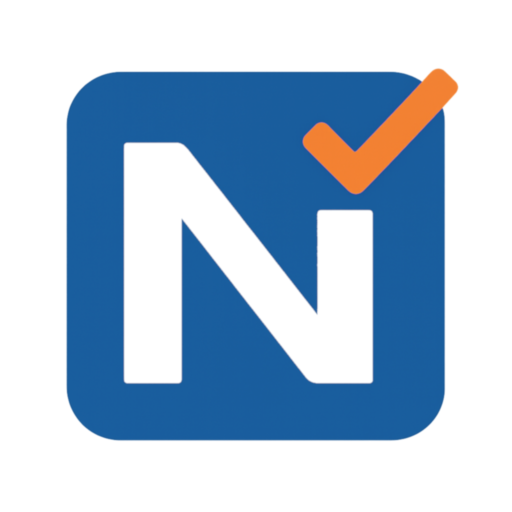Nagwin — Bringing Nagios Monitoring to Windows
Nagwin is a Windows-adapted build of the Nagios Core engine. Instead of requiring a separate Linux server, it makes it possible to run the classic Nagios monitoring model directly on Windows. The package bundles a scheduler, web interface, and dependencies so that administrators can configure checks without deploying additional operating systems.
Why It Matters
Most IT teams running Windows networks still need a way to check host uptime, service availability, and basic infrastructure health. Nagios Core has long been Linux-only, which forced admins either to spin up a Linux VM or look for alternatives. Nagwin bridges that gap, providing a way to use Nagios’ familiar plugin ecosystem and alerting model on a Windows host. It’s especially attractive for smaller shops and branch offices where simplicity matters more than scale.
How It Works
– Installs Nagios Core along with Apache and PHP so the web console is available immediately.
– Runs the Nagios scheduler natively on Windows, executing plugins on a timed basis.
– Plugins can be batch files, executables, or PowerShell scripts — they return status codes that represent state.
– Results appear in a browser interface showing host and service status.
– Alerts are triggered on state changes and can call scripts, send mail, or integrate with SMS gateways.
Deployment / Installation Guide
– Download the Nagwin package and run the installer.
– Core services are registered as Windows services during setup.
– Hosts, services, and contacts are defined in configuration files within the Nagwin directory.
– Plugins are placed into the designated folder; both Windows-native and cross-platform ones are supported.
– Start the Nagwin service and access the web console via the configured port.
Integrations
– Nagios plugins that work on Windows.
– SNMP polling for routers, switches, and printers.
– Custom PowerShell scripts for Windows performance counters and services.
– External dashboards like Grafana when results are exported.
– Notification hooks for mail servers, SMS APIs, or ticketing systems.
Real-World Applications
– Monitoring small Windows-only infrastructures without Linux servers.
– Branch sites or labs that only need availability checks.
– Training environments for teaching Nagios concepts on Windows PCs.
– Hybrid networks using Linux-based Nagios in the data center and Nagwin at the edge.
Limitations
– Plugin availability is narrower than the Linux version.
– Scalability is limited — large estates require Nagios Core or Icinga on Linux.
– Configuration still depends on text files.
– Smaller user community compared to mainstream Nagios deployments.
Snapshot Comparison
| Tool | Role | Strengths | Best Fit |
| Nagwin | Nagios on Windows | Native Windows support, simple setup | Small Windows-centric shops |
| Nagios Core | Monitoring scheduler | Large plugin base, proven stability | Mixed or Linux-focused networks |
| Icinga 2 | Nagios fork | Modern configs, API, better UI | Enterprises upgrading from Nagios |
| Zabbix | NMS + metrics suite | Auto-discovery, dashboards included | Large heterogeneous infrastructures |

